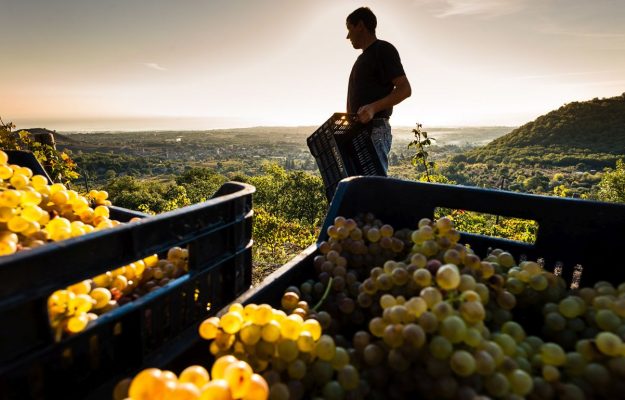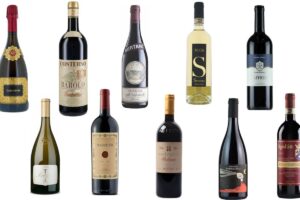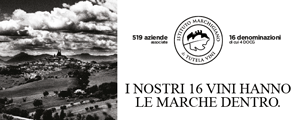Despite the heat waves that have hit many parts of the world, the overall volume of wine produced globally in 2022 is expected to be the same as in 2021, resulting in the fourth consecutive harvest slightly lower than the average production of the previous 20 years. Not in Europe, where, as the Oiv (International Organization of Vine and Wine) estimates published in the “World Wine Production Outlook” 2022 confirm, wine production volumes are in line with the average, thanks to solid performances in Italy, France, and Germany, which offset drops in Spain and Greece, where the heat was particularly intense. Production in the United States is slightly lower than in 2021, while the Southern Hemisphere returns to average levels, with the exception of New Zealand, which set a new production record.
In numbers, the production estimates of the Oiv (International Organization of Vine and Wine) for the 2022 campaign, based on data from the 29 main producing countries (which account for 91% of wine production in the world, pending the numbers of China and Russia), speak of production (excluding juices and musts) of between 257.5 and 262.3 million hectoliters, for an average estimate of 259.9 million hectoliters. Of these, 157 million hectoliters are produced by the countries of the European Union, which therefore mark a growth of 2% over 2021. Italy is confirmed as the world’s leading producer, with 50.3 million hectoliters of wine produced in 2022 (in line with the previous campaign), which added to the 44.2 million hectoliters of France (+ 17% on 2021) represents 60% of EU production and 36% of world production. Spain is the third largest producer in the world, with an estimated 33 million hectoliters, down 6% on 2021 and 12% on the average of the last five years due to the prolonged summer drought. Positive performances also for Germany (8.9 million hectoliters, + 2%), Romania (4.6 million hectoliters, + 4%), Bulgaria (0.9 million hectoliters, + 5%), Slovenia (0, 7 million hectoliters, + 15%) and Croatia (0.6 million hectoliters, + 12%).
Negative that of Portugal, the fifth European wine producer, which stops at 6.7 million hectoliters (-8%), but also Hungary (2.5 million hectoliters, -3%) and Austria show significant production drops (2.3 million hectoliters, -6%), Greece (1.7 million hectoliters, -29%), and Czech Republic (0.6 million hectoliters, -8%). Outside the EU, preliminary estimates for the United States, the world’s fourth largest wine producer, are 23.1 million hectoliters, 4% less than in 2021 and 6% less than the five-year average. As previously stated, there is no data on China, but the OIV anticipates a further decline compared to last year, while in Eastern Europe, Georgia appears to be on track to set a new record, with 2.1 million hectoliters of wine produced. (+ 2%), whereas Moldova stops at 1.3 million hectoliters (-7%). Finally, Switzerland anticipates producing one million hectoliters of wine, 59% more than in the extremely limited 2021.
Moving to the Southern Hemisphere, where the harvest ended in the first quarter of 2022, the wine production stands at 55 million hectoliters, in line with the average of the last 5 years, but down by 7% on 2021, accounting for 21% of global wine production. The decline in production affects all South American countries, beginning with Chile, the continent's leading producer with 12.4 million hectoliters, 7% less than in 2021 but 7% more than the five-year average. The trend was more difficult in Argentina, where the decline was 9% due to winter frosts and summer drought: production was 11.4 million hectoliters (-9%), and in Brazil (3.2 million hectoliters (-10%)). Moving on to South Africa, the year 2022 brought 10.4 million hectoliters to the country’s wineries (-4% on 2021). Australia, on the other hand, marks the largest negative variation in the entire Southern Hemisphere, producing 12.1 million hectoliters of wine, 18% less than in 2021. Finally, New Zealand sets a record with 3,8 million hectoliters of wine produced (+ 44%).
Copyright © 2000/2026
Contatti: info@winenews.it
Seguici anche su Twitter: @WineNewsIt
Seguici anche su Facebook: @winenewsit
Questo articolo è tratto dall'archivio di WineNews - Tutti i diritti riservati - Copyright © 2000/2026







































































































































































































